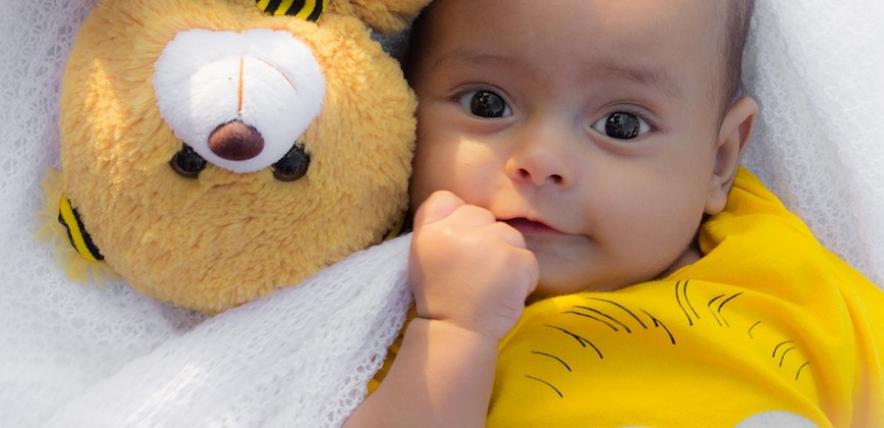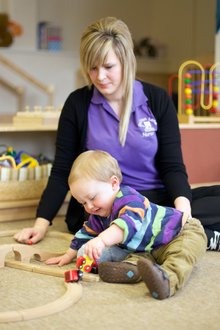National Teddy Bear Day is marked around the world on 9 September and celebrates the enduring appeal of a toy that brings comfort and cuddles to babies, children and adults. Our article explores the benefits a bear can bring...
Who of us still has a much-loved teddy bear that we’ve kept and cherished over the years?
The chances are, most of us.
Teddy bears are often our first friends in life, and with the exception of the loving arms of parents, are where we turn for comfort and a cuddle when we need one.
It is not surprising, therefore, that they are often given to newborn babies as a first toy and keepsake to remind us of childhood as we grow up.
But our love affair with teddies doesn’t begin and end in the early years of our lives. Studies have shown that a favourite teddy often accompanies students to university, and even businessmen will quietly hide one away in a suitcase when travelling away from home with work.
But what makes them so enduringly popular, and what are the benefits of teddy bears to a growing child?
The benefits of having a teddy bear
Sarah Holmes, Director of Merrythought, the last remaining family-owned manufacturer of hand-made teddy bears in the UK, said that soft toys were as popular now as ever, despite the wide range of themed toys and electronic gadgets now available and geared towards young children.
“The teddy bear is a very traditional and timeless toy, and is often given as a keepsake to a young child,” she said. “People still see them as an important part of growing up, because they provide comfort and companionship, and a friend to talk to.
“Children like to give their bears a name and, in their minds, create a whole persona for them. Teddy bears have a depth of character that other toys don’t have, and in playing with one a child brings it to life. The bear helps to stimulate and develop their imagination.
“Teddy bears encourage this type of imaginative play by their very nature, in a way a gadget or electronic toy can’t.”
She added that the attachment is never more obvious than when a favourite teddy is lost, dropped accidentally from a buggy in the street or shop. The sense of grief will often be felt by all family members because of its importance to the child, and great efforts will be made to try to find the toy.
The teddy bear backstory
Teddy bears first began to be produced in the early 1900s.
The story goes that the American President Theodore Roosevelt, who was known as Teddy, spotted a bear on a hunting trip but didn’t have the heart to shoot it. His feelings of compassion towards the creature inspired a series of satirical cartoons in an American newspaper, which prompted Morris Michtom, a New York businessman to manufacture the first ‘Teddy’s Bear’ – which later became known as a teddy bear.
Within a couple of years the sale of teddy bears was growing so quickly, he founded a soft toy company to produce them.
At around the same time, and coincidentally, a German company called Steiff had begun producing stuffed bears with moveable joints.
Today, millions of teddies are sold every year and given as gifts, or made to commemorate special events or occasions. Sarah believes their appeal is unlikely to end any time soon.
“Children often get bored easily with themed or electronic toys, because they have limitations,” she said. “There are no limits to how you can play with a teddy bear. It is a blank canvas for a child and the special relationship that develops with that bear can endure for a lifetime.”
Where next?
Three tips to communicate effectively with your child
Why hugs and kisses help your child thrive








